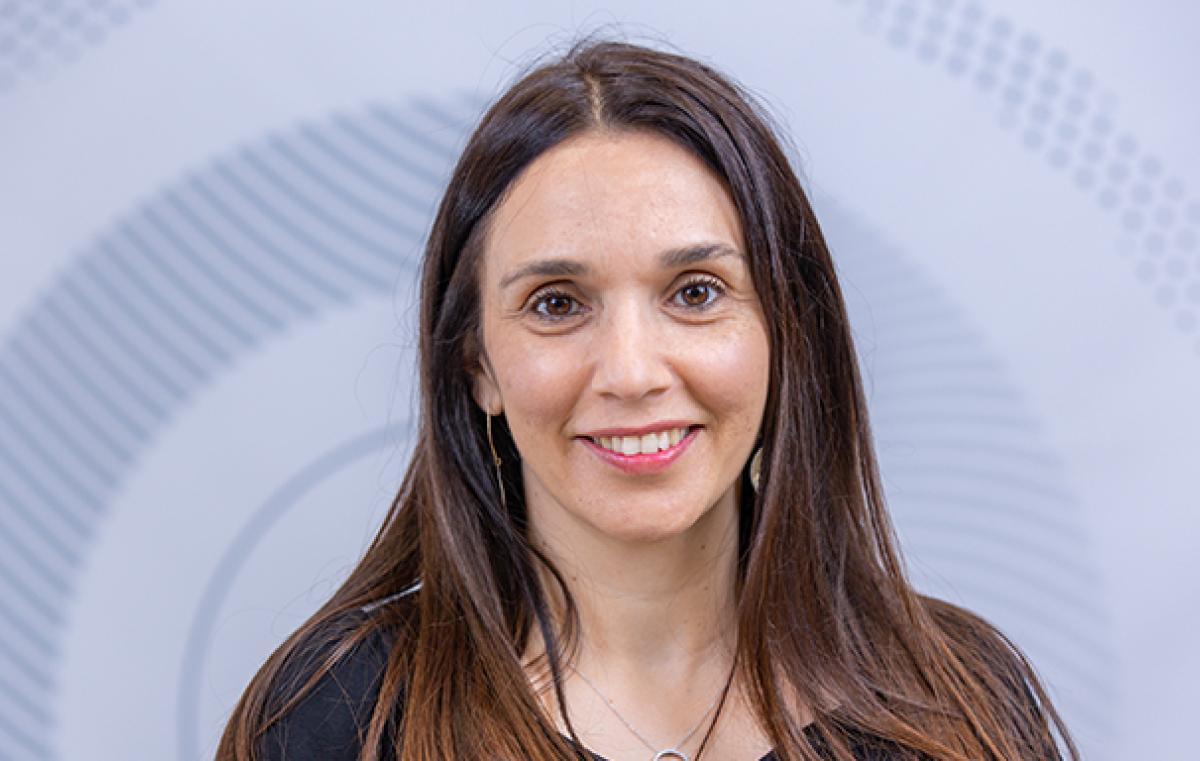Overcoming Bilingual Language Impairment
New research reveals how a narrative-based approach can help improve verbal capabilities in bilingual children with Developmental Language Disorder

Meet Dr. Carmit Altman, a researcher at Bar-Ilan University's Faculty of Education, co-founder of the "Impact Center for Multilingualism and Multiculturalism," and a member of the international research and information organization Bilingualism Matters.
Dr. Altman has been documenting and researching language impairments in bilingual children for more than 20 years. Together with Professor Emeritus Joel Walters of Bar-Ilan's Department of English Literature and Linguistics, Dr. Altman conducted research aimed at helping bilingual children (with and without language impairments) through a narrative-based intervention in both their languages. The research was performed by combining psycholinguistic and sociolinguistic knowledge and tools. "Studies have shown that the ability of children to tell a story is one of the best predictors of academic success," explains Dr. Altman.
Seven to ten percent of the population suffers from Developmental Language Disorder (DLD), which is a major cause of learning disability. The diagnosis of DLD is particularly difficult among bilingual children, because for years, the diagnosis and treatment of DLD among bilingual children has been lacking.
The common (and incorrect) belief was that bilingual children develop slower linguistically than monolingual children. One of the reasons behind this myth was the tendency to evaluate a child's grasp of language – vocabulary, for example – by using only one language, when in fact a child's total vocabulary in both languages could be age-appropriate or even advanced.
"In the past, there were professionals in Israel who treated children from non-Hebrew speaking homes by recommending to primarily strengthen their Hebrew and focus less on their mother tongue," says Dr. Altman. "We believe the contrary, because it is now known that one's mother tongue embodies identity and emotion which are critical for children's development. Since language impairment in bilingual children manifests in both languages, it is correct to treat it in both languages."
In a study conducted funded by the Israel Science Foundation, some 90 bilingual children from English and Russian-speaking homes were examined. The children met with members of the research team and heard stories that included complex words and syntactic structures, both in Hebrew and in their native languages. The children were then asked to repeat the story individually and as part of a group.
The intervention included the use of agreed-upon hand gestures and icons that were linked to macro-structural elements of the story, such as a hand gesture that indicated "walking to the goal" and a "like" icon that indicated achieving the goal. At the micro level, each story included selected verbs and adjectives.
The researchers tested the children's abilities in both languages throughout several stages: before the intervention, after the intervention in the mother tongue, after the intervention in Hebrew, and a month-and-a-half later. The findings indicated an improvement in the children's narrative and verbal abilities in both languages.
According to Dr. Altman, the techniques and findings yielded by the research have both theoretical and practical value, and they could contribute to improving the professional tools of speech therapists and educators.